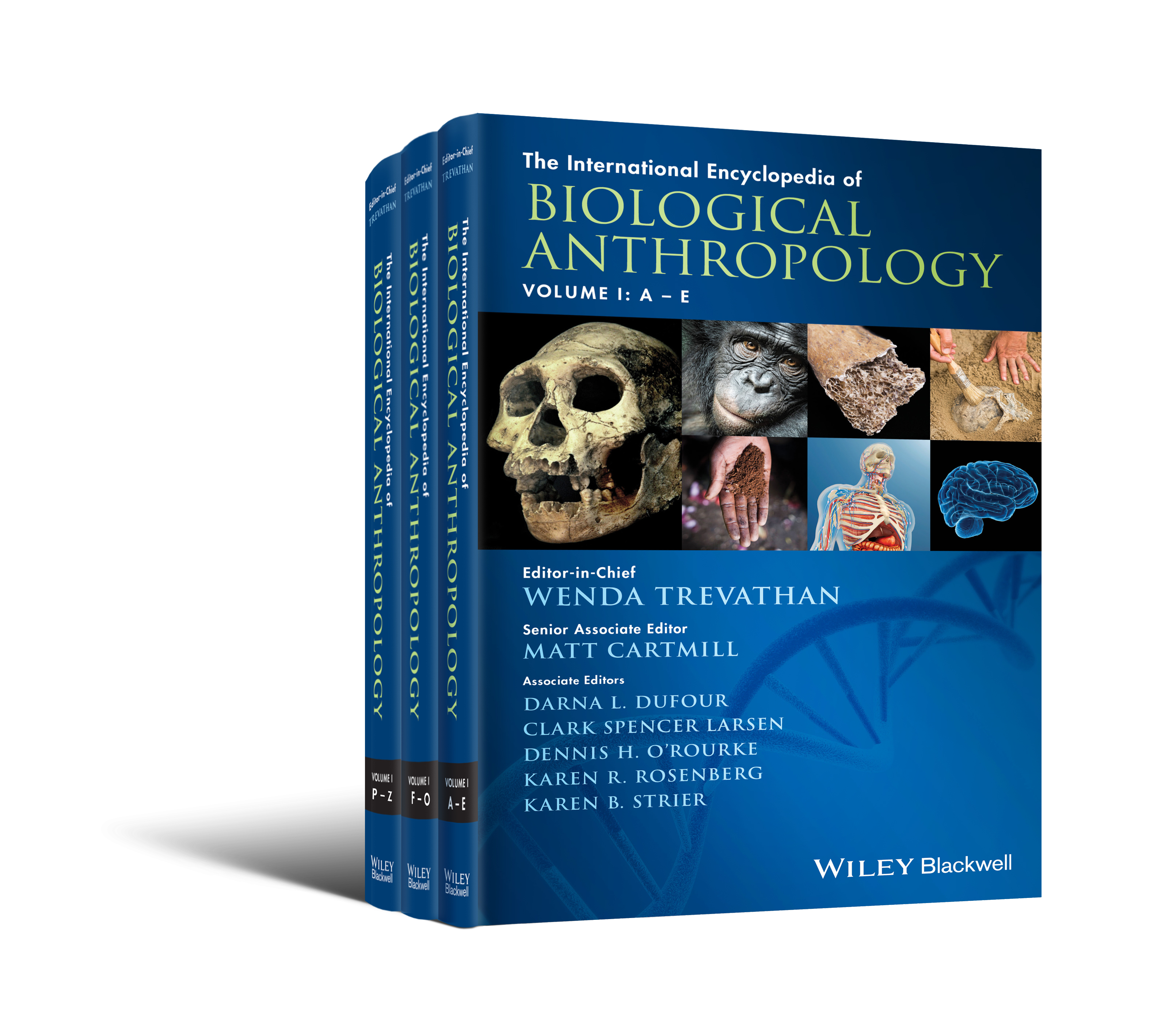Biparental behavior
Abstract
The number of species expressing biparental behavior or biparental care is highly variable across major vertebrate taxonomic categories, being most commonly exhibited among birds, moderately common among fish and amphibians, and comparatively uncommon among mammals and reptiles. It is likely that biparental care is a derived component of reproductive strategies when found in vertebrates. Along with siamangs and New World monkeys, humans are one of the few primates that routinely engage in biparental care, although human paternal care is variable and diverse across cultures. Although the evolutionary importance or existence of hominin biparental care is debated, the phylogenetic history of the human lineage suggests that males would be unlikely to be inclined towards paternal care, hence contributing to biparental care, unless it had proved adaptive during our evolutionary past.



